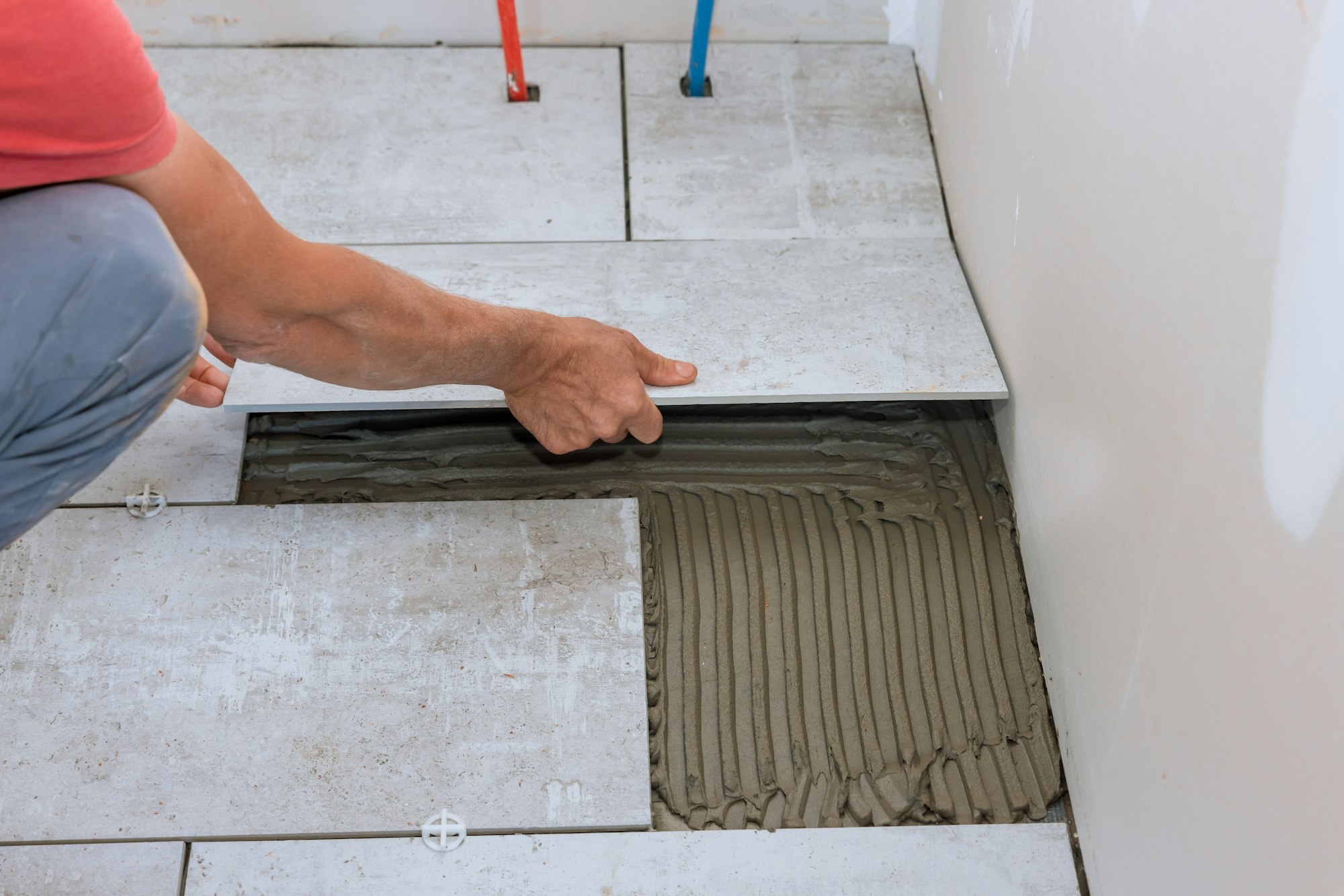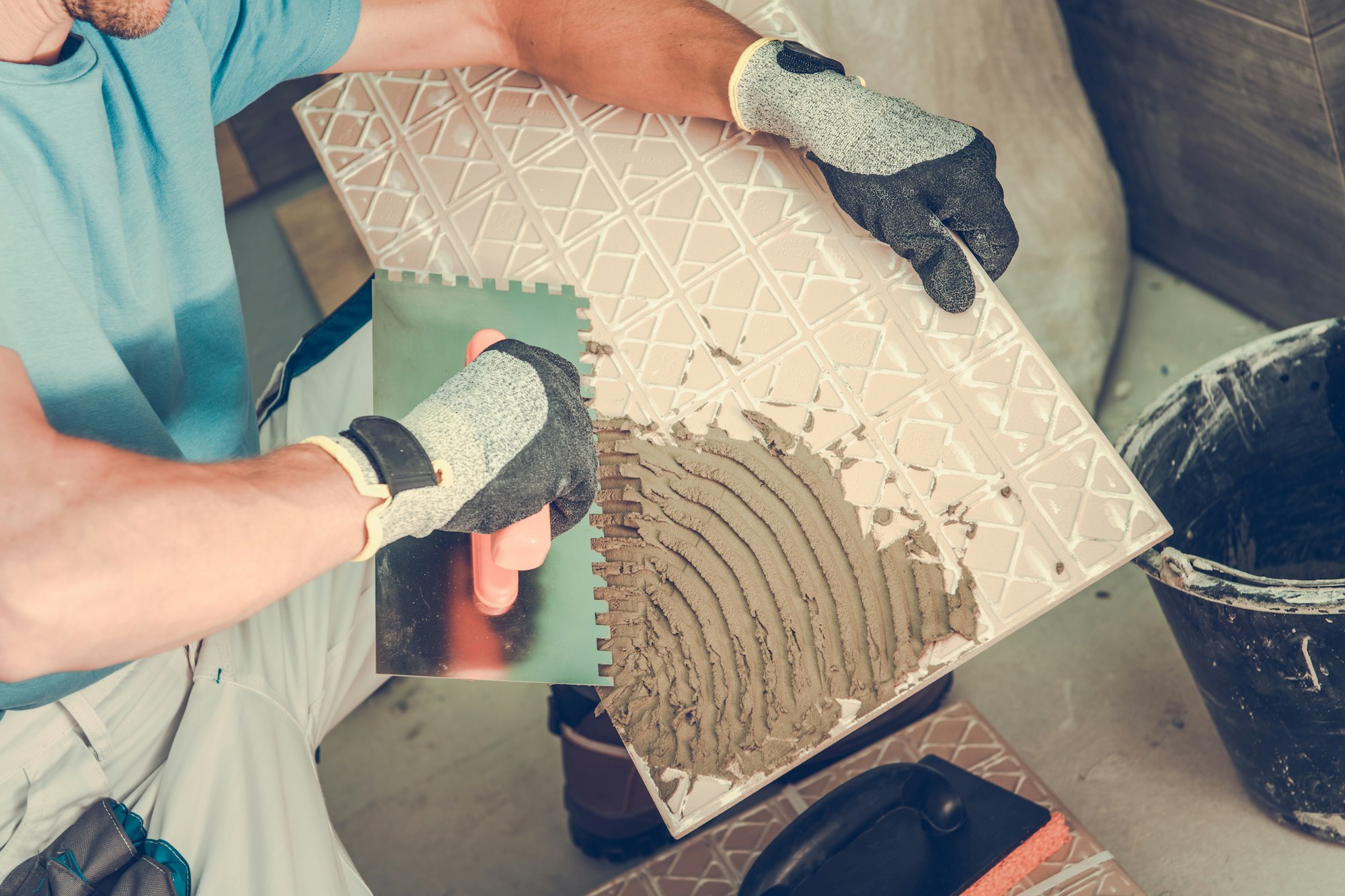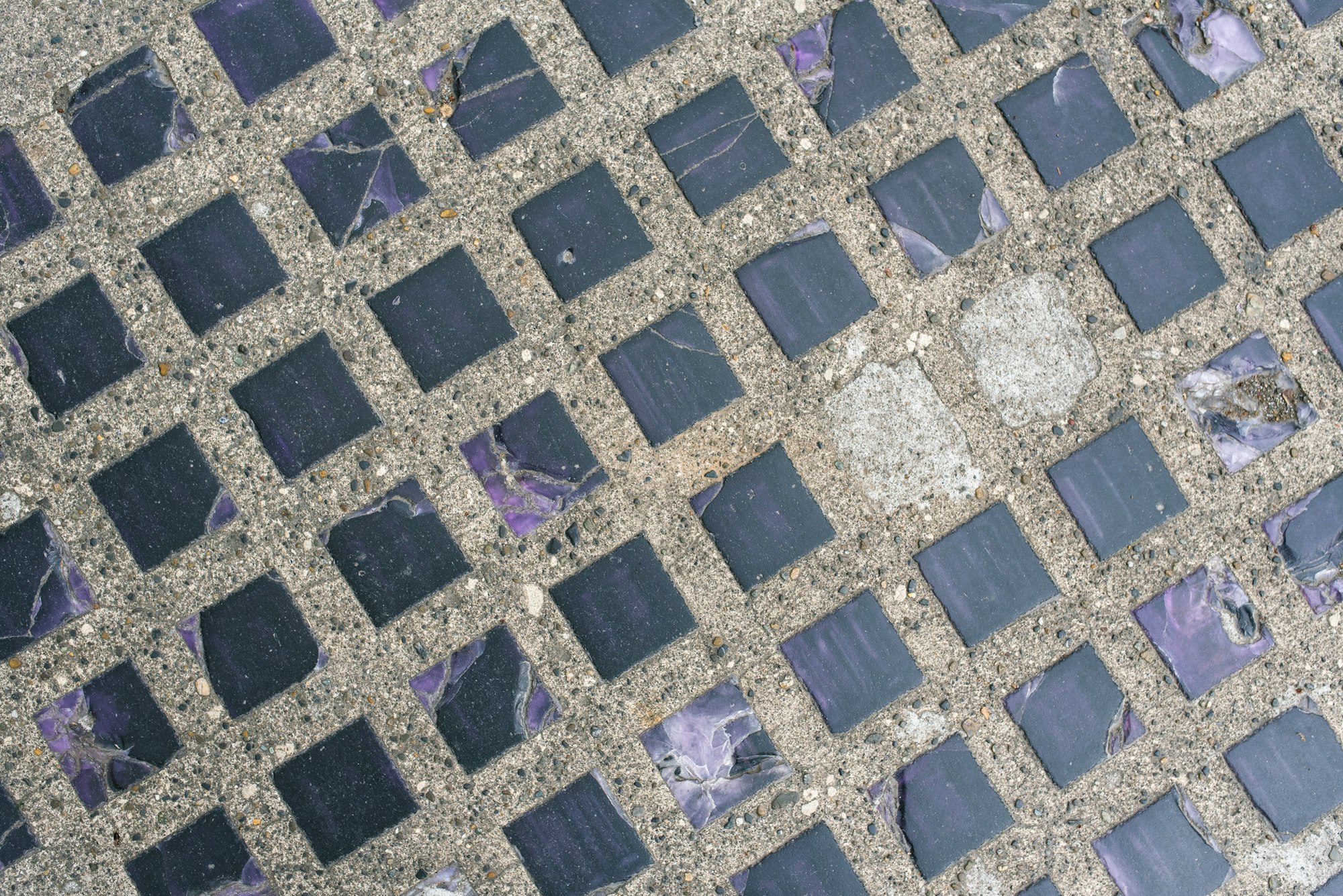
Tile is a versatile material that can be used in a variety of ways to create beautiful and functional spaces in your home. Whether you’re tiling a kitchen backsplash, a bathroom wall, or a floor, the layout of your tile can make a big difference in the overall look and feel of the space. Here are some of the most popular tile layout options to consider:
Straight lay: This is the simplest and most common tile layout option. Tiles are arranged in straight lines and are butted up against each other with no overlap or spacing in between. This layout is easy to install and provides a clean, simple look.
Brick or running bond: This layout is also known as a subway tile pattern. Tiles are arranged in a running pattern, with each tile offset by half its length from the tile above and below. This creates a staggered, brick-like appearance that adds interest and texture to a space.
Diagonal or diamond: This layout involves laying tiles in a diamond pattern, with each tile set at a 45-degree angle to the tiles around it. This layout can create a dynamic and eye-catching look, especially when used in large areas such as kitchen or bathroom floors.
Herringbone: This layout involves laying tiles in a zig-zag pattern, with each tile set at a 90-degree angle to the tiles around it. This layout adds interest and texture to a space, and is often used as a feature wall or backsplash.
Mosaic: This layout involves using small tiles arranged in a variety of patterns to create a mosaic-like effect. Mosaic tiles are available in a range of colors, materials, and patterns, making it easy to find an option that complements your style and decor.
Hexagonal or penny round: This layout involves using hexagonal or penny-shaped tiles arranged in a pattern to create a unique and eye-catching look. This layout is often used as a feature wall or backsplash in kitchens or bathrooms.
Random or sgraffito: This layout involves laying tiles in a random or haphazard pattern, with tiles of different sizes, colors, and textures arranged together to create a unique and eclectic look.
In conclusion, the layout of your tile can make a big difference in the overall look and feel of your space. When choosing a layout, consider the size and shape of your tiles, the size of the area you’re tiling, and your personal style preferences. Experiment with different layouts to find the one that works best for you!






